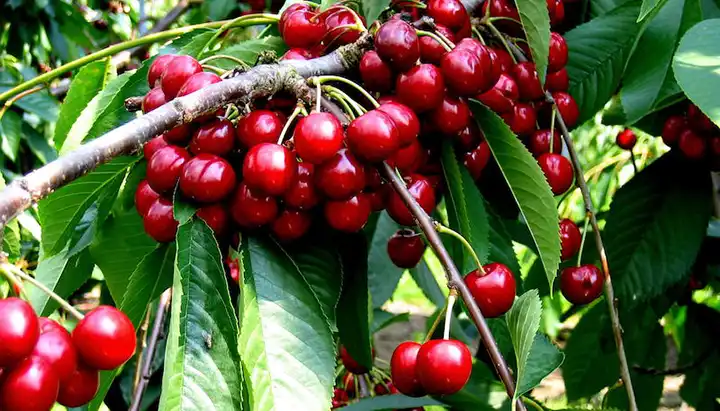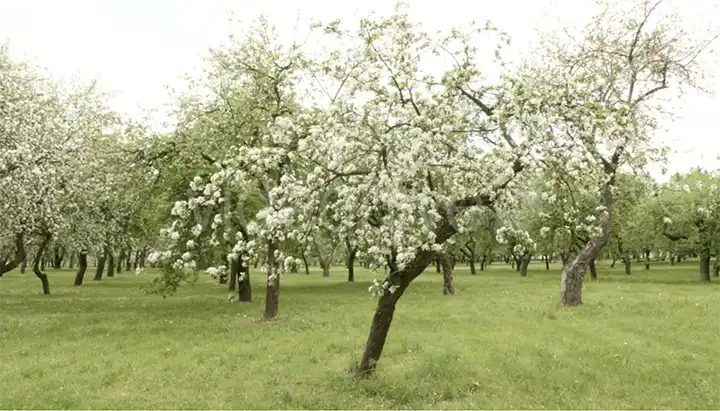From Scraps to Greens: Growing Bok Choy at Home in Recycled Plastic Bottles

In today’s world of sustainability and eco-conscious living, regrowing vegetables from kitchen scraps has become an increasingly popular trend. Among these regrowable kitchen scraps is bok choy, a versatile and nutritious leafy green that’s a staple in many kitchens. In this article, we’ll guide you through the process of growing bok choy at home using a two-step method: first, sprouting them in water, and then transplanting them into recycled 5-liter plastic bottles filled with soil. Not only is this approach environmentally friendly, but it’s also an exciting project for beginners looking to explore the world of gardening.
Section 1: Sprouting Bok Choy in Water
Why Water? Growing bok choy in water is an excellent starting point, as it allows you to observe the initial growth stages with ease and ensures a quicker development of roots.
- Select Your Scraps: Begin by choosing a fresh bok choy base with the roots still intact. Cut it about an inch or two above the root end.
- Prepare a Container: Find a glass or jar and fill it with approximately one inch of water. Make sure the cut end of the bok choy scraps is submerged while the leafy part remains above the waterline.
- Placement and Lighting: Place the container in a location with indirect sunlight. This will encourage the development of roots. Change the water every few days to keep it fresh.
- Root Development: In a matter of days to a few weeks, you will observe roots beginning to form from the base of the bok choy scraps.
Section 2: Transplanting into Recycled Plastic Bottles
Why Recycled Plastic Bottles? Transplanting your bok choy scraps into recycled plastic bottles is an eco-friendly way to provide them with a stable growing environment. These bottles are readily available, and this method allows for more controlled conditions compared to planting directly in the ground.
- Prepare the Bottles: Clean and sanitize 5-liter plastic bottles. Cut off the top third, leaving you with the bottom portion as your planting container.
- Soil Preparation: Fill the bottom part of the bottle with quality potting soil, leaving some space at the top for planting.
- Transplanting: Make a small hole in the soil and insert the bok choy scraps, ensuring that the roots are well-covered by soil. Water the soil thoroughly after planting.
- Mini Greenhouse: Place the top part of the bottle (without the cap) over the bottom part to create a mini greenhouse, promoting humidity and protecting your young plants.
Section 3: Maintenance and Care
- Water your bok choy in the plastic bottles regularly, keeping the soil consistently moist but not waterlogged.
- Ensure the containers receive indirect sunlight and maintain proper air circulation to prevent mold growth.
- After approximately 4-6 weeks, your bok choy should be ready for harvesting. Begin with the outer leaves, allowing the inner ones to continue growing.
Conclusion: Growing bok choy at home from kitchen scraps is not only environmentally conscious but also an excellent way to have a constant supply of fresh, nutritious greens. This two-step method, starting with water and then transplanting into recycled plastic bottles, makes the process accessible to beginners and yields delicious results. Embrace the opportunity to connect with your food, reduce waste, and enjoy the satisfaction of homegrown bok choy.
Happy gardening and enjoy your homegrown bok choy!



















